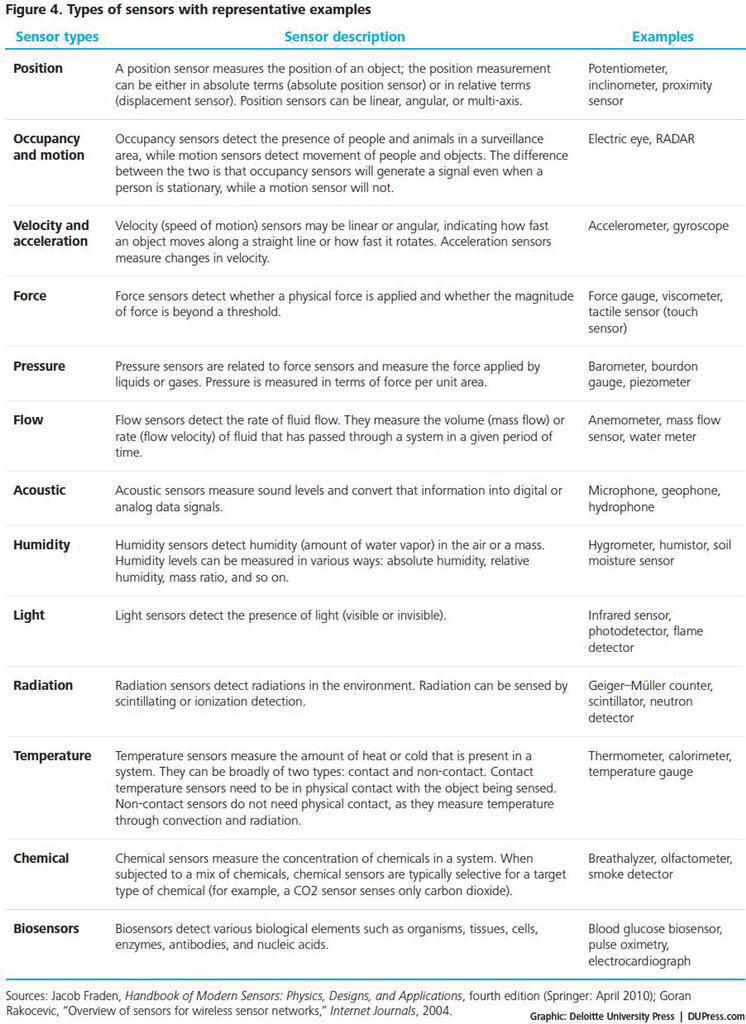“In the next century, planet earth will don an electronic skin. It will use the Internet as a scaffold to support and transmit its sensations.” – Neil Gross 1999
Did you know that society undergoes a “privacy panic cycle” every time new technologies come out? It’s true. The Information Technology & Innovation Foundation (ITIF) has documented this well. The non-partisan think tank has put together a diagram that shows exactly how the process takes place, and if research by Deloitte is any indication, we’re in for a new wave of panic. A tsunami even.
Fear of the new
The privacy panic cycle describes the actual stages of public fear associated with life-changing technologies, like gene sequencing, search engines, drones, wearables, facial recognition and the Internet of Things (IoT). The Internet of Things is what’s upon us next. But first, let’s look at the privacy panic cycle (via Emergent Futures):
In its simplest definition, IoT is a network of “things” equipped with software, sensors and Internet connectivity, that exchange data with one another. Examples include smart elevators, devices with sensors that call emergency services when someone’s in trouble, smart thermostats that communicate with your smartphone, automatic irrigation systems, health monitoring gizmos, etc.
A few years ago, Deloitte produced the (second) chart below showing the types of sensors that were in circulation at that time. These sensors, and some newer ones that aren’t present on the list, are slowly beginning to fill our streets and homes. They include position sensors, occupancy and motion sensors, velocity and acceleration sensors (fitness, automobiles), flow detectors (that sense the flow of a fluid, which includes not just liquids but also air/gases), acoustic sensors, radiation sensors, chemical sensors, and even biosensors.
Taken individually, sensors do what they were designed to do – offer readings on particular processes or events. Stitch together a light sensor, a temperature sensor and a humidity sensor, and you get the Plug & Plant. But connect all the sensors on that list and you get something of an organism. It’s easier said than done, of course, but this is where the world is headed according to technology luminaries and sociology experts alike. And it doesn’t spell bad news if we go at it the right way.
The visible, palpable benefits of IoT
If the privacy panic cycle diagram depicts reality, we have long sailed past the Trusting Beginnings and the Rising Panic stages. According to the graphic, we should buckle up for a brief period of “hysteria” that will rapidly deflate as everyone begins to enjoy the new commodities. Unlike with gene splicing and other practices that are done behind closed doors, IoT is visible to the naked eye, which enables people to instantly see (and reap) the benefits. Take smart cities, for example. IoT lies at the heart of the smart city concept, and includes things like:
Smart Parking – Monitoring parking space availability in the city
Building status / structural health – Monitoring vibrations and the state of the materials making up buildings, bridges and other structures
Noise Urban Maps – Sound monitoring in centric zones
Eletromagnetic Field Levels – Reading the energy radiated by cell towers and WiFi routers
Traffic Congestion – Optimizing driving and walking routes by monitoring vehicles and pedestrian levels
Smart Lighting – Adaptive street lights that adjust their intensity and can switch on and off automatically, depending on daytime, weather, etc
Waste Management – Assisting collection routes by reading and reporting garbage levels in containers
Smart Roads – Intelligent Highways with warning messages for climate conditions and unforeseen events
The machines of tomorrow
Things like smartphone detection or behavioral advertising will probably rub people the wrong way, but IoT’s overall benefits outweigh the negatives by a huge margin. It’s not a matter of if, but a matter of when we will come to accept Neil Gross’ prediction.
Like living beings, technology seems to crave connection in order to reach its full potential. The concept of M2M (machine to machine) is a good example of how technology can become an amazing asset if allowed to do endpoint communication and even collaboration. But as theoretical physicist Stephen Hawking has warned, we will need to work hard to make sure that the machines of tomorrow will have “positive intelligence,” aligned with our own thoughts and interests.


2 Comments
You can post comments in this post.
Thank you for sharing. I totally agree. People are scared of the unknown. But as soon as it offers convenience – and adds value to their everyday life, they’re open to embrace it. One of the biggest concerns is security. Research has shown that 70% of the people worries about their security and personal data. IoT has to deal with that before many applications will be mass accepted.
Tjerja Geerts 9 years ago
Great information, It’s very useful for me. Thanks for sharing.
Ajeesh kumar 4 years ago
Post A Reply